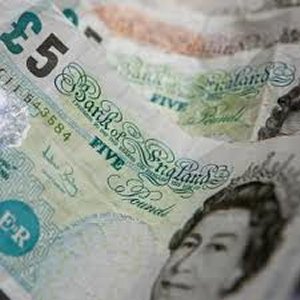Inflation rates in the UK recently jumped to a nearly 2 decade high at 5.2% in September, primarily due to higher energy costs. In addition, the consumer prices index (CPI) is currently higher than it has been since March of 1992, when it peaked at 7.2%, according to data given by the Office for National Statistics (ONS).
At the onset of the global financial crisis in September of 2008, annual inflation also reached 5.2%, right around the time the price of oil skyrocketed to a record high of $147 per barrel, pushing the global financial system to the brink of a meltdown after the Lehman Brothers filed for the largest bankruptcy in history.
Furthermore, while the rising cost of energy is the primary influencing factor on the recent hike in inflation rates, the ONS has noted that only the prices of four of the six major utility companies have been factored into the current inflation rate, indicating that inflation could go even higher in late October when new figures are reflected. In September, data indicated that the annual cost of electricity, gas, and other types of fuel rose more than 18% during 2011, with food prices being 6% higher than 2010.
Transport costs also rose by nearly 13%, and despite economists forecasting a CPI of about 5%, the true figure turned out to be much higher at more than 7%. The retail price of inflation, which is used as an economic benchmark also rose 5.6% this year, reaching its highest point since June of 1991.
All of these dreadful statistics combined with the high unemployment rates in the UK recently pushed the “misery index” to a two decade high, according to chief economist Chris Williamson. As well, it is projected that these figures will deteriorate even further before any progress is seen which is why the moniker ‘misery index’ is so appropriate.





